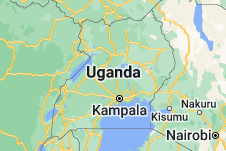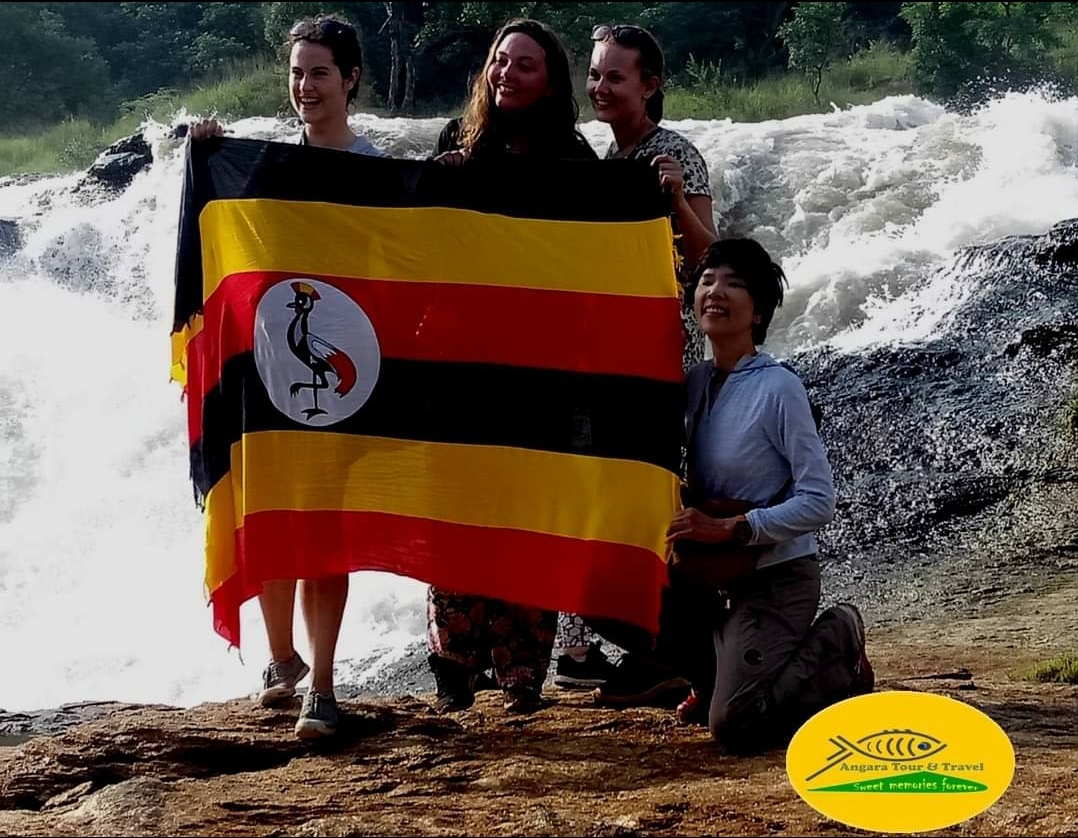HISTORY OF UGANDA SINCE COLONIAL TIME
The British in Uganda
In 1875 the explorer Henry Stanley (Born 1841 Denbigh Wales) reached Uganda. Shortly afterwards the first missionaries came to Uganda. The first Anglican missionaries arrived in Uganda in 1877. The first Roman Catholic missionaries arrived in 1879. Catholics, Protestants and Muslims all tried to convert the Ugandans.
However there was much hostility to the new religions. In 1885 James Hannington (Born 1847 Hurstpierpoint Sussex) the first bishop of Eastern Equatorial Africa was murdered in Busoga, not far from Jinga.
Nevertheless in the wake of missionaries came trade. In 1888 the British government gave the British East Africa Company control of Uganda. Meanwhile the European powers decided to divide up Africa among themselves. In 1890 Germany and Britain signed an agreement confirming that Uganda was in the British sphere of influence.
Gradually the company took control of Uganda and the local chiefs were reduced to being puppet rulers. Finally in 1894 the British government made Uganda a protectorate (colony). However the traditional chiefs were kept as puppets.
In 1904 cotton was introduced to Uganda and by 1914 huge amounts of cotton were being exported. Moreover in the 1920s large amounts of tea and coffee were grown in Uganda.
Meanwhile the missionaries provided schools for Ugandans and literacy became increasingly common. In 1920 executive and legislative councils were formed in Uganda. The country continued to develop and in 1929 a railway joined Toror and Soroti.
World War II
During World War II Uganda exported wood for the war effort. However the Ugandans were becoming restive. Riots took place in 1945 and in 1949. Yet in 1945 the first 3 Africans were appointed to the legislative council. In 1950 the number of African members was increased to 8.
Furthermore after World War II the governor Sir John Hall (1944-1951) promoted mining in Uganda. In 1954 a hydroelectric plant was opened at the Owen Falls on the Nile. Meanwhile coffee and cotton exports boomed.
A census in 1948 showed there were almost 5 million African Ugandans, almost 37,000 Asians and less than 3,500 Europeans. (From the end of the 19th century many Asians migrated to Uganda and they formed a middle class of traders and shopkeepers between the natives and the whites).
Uganda Becomes Independent


